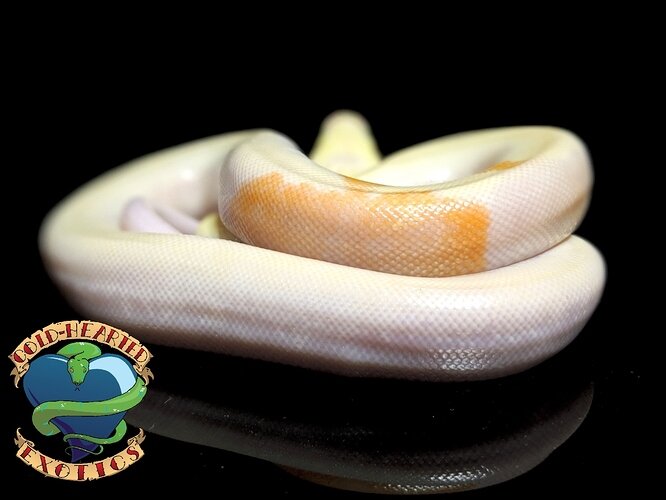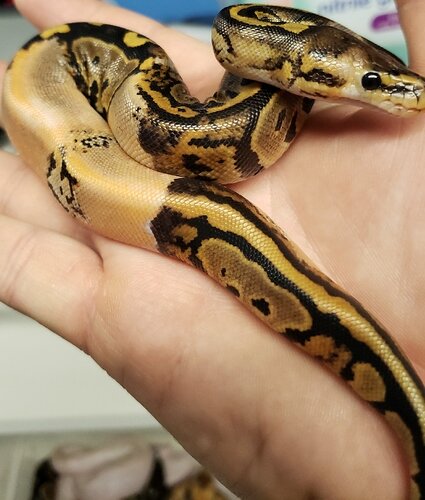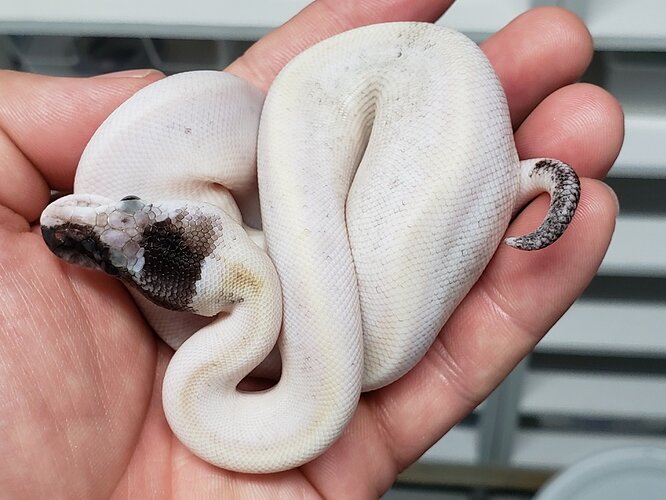We are very excited to announce and reveal the results of the line breeding we did this year. The results are jaw dropping to say the least, and was not exactly what was expected.
Our female Hypo Granite has been consistent in producing Paradox offspring. She produces them regardless of the male used. We decided to see what would happen if she was bred to a Paradox of her own familial line.
Enigma, the offspring Hypo Granite Paradox DH Albino Green from 2016 fathered this clutch and the results speak for themselves.
There is an increased number of minor Paradoxed animals. And then there is this animal: a Black Eyed Ivory/ Albino Granite Paradox Female.
On the genetic standpoint: we know that the dam does NOT carry Albino. We also know that this is not a case of androgenesis (the equivalent of male parthogenesis) as the animal would have to be male. As this is not the case, and the animal is female, it’s showing promise that this is a case of paradominant inheritance of mosaicism.
Paradominance is described as such: animals that carry the paradominant gene appear normal, and the gene may go through several generations without ever expressing. The Paradox mutation only occurs when a postzygotic mutation occurs in the egg during early development. This mutation causes a lack of heterozygosity, meaning some of the alleles are turned off on parts of the skin, showing only homozygous or hemizygous genes in random splotches.
While this is a working theory that fits this case of familial line of inheritance, it’s still just a working theory on why Paradox, which used to be considered sporadic and random, has been linked to being partially replicatable in family lines.
We at Cold-Hearted Exotics will be working with these family lines to prove further the mode of inheritance for the Paradox mutation. Because of our lines showing a type of inheritance, we will be calling the animals “Enigma line” as we cannot prove the full genetics yet. Because the mode of inheritance is familial, there is a chance that each offspring could pass the mutation, even if they appear normal. This is not a guarantee, as paradominance can hide for several generations.
We hope you enjoy learning about this phenomenon with us. We will continue provide healthy, quality animals while trying to progress on this trait through test breeding and other means of gaining further knowledge on the topic.



